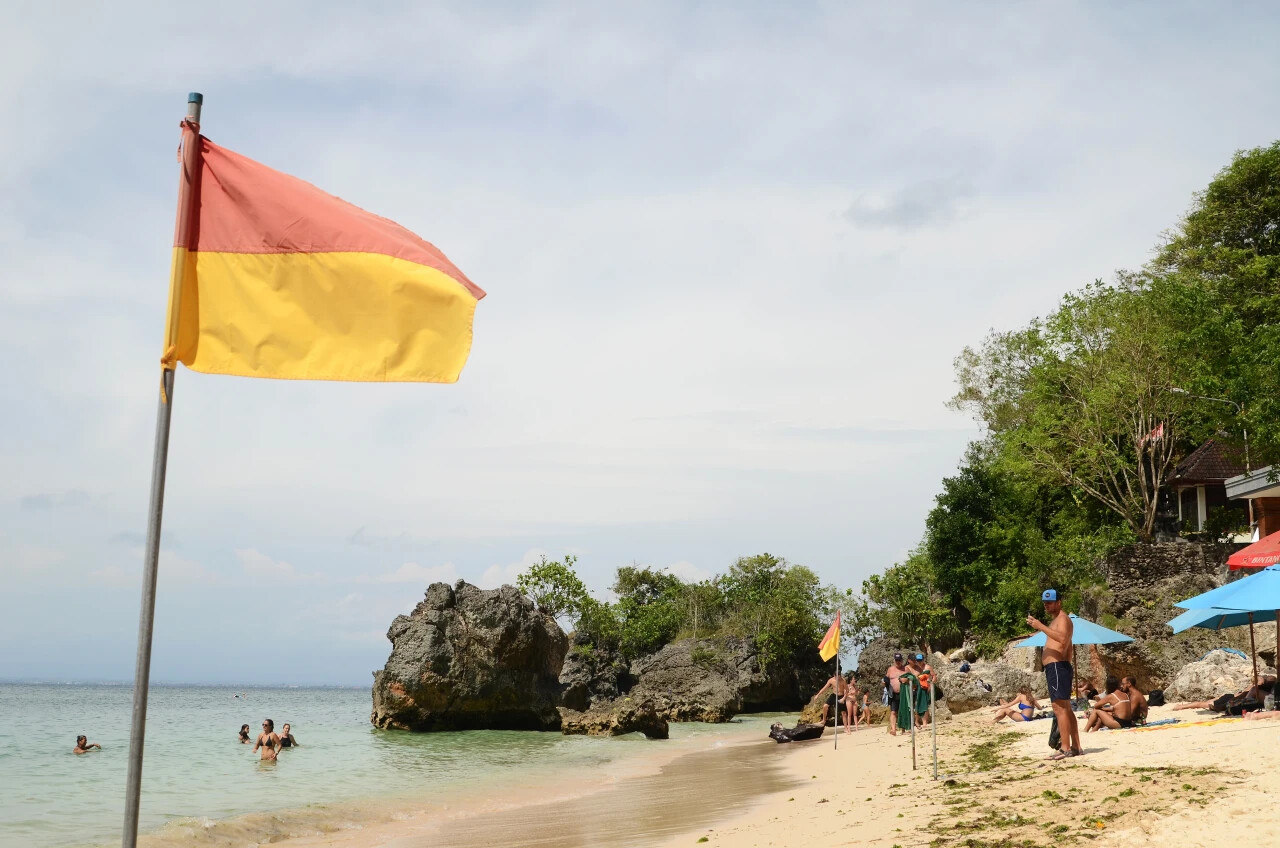In recent months, the number of water-related incidents on Bali's beaches has increased. The most notable case is the recent death of a British tourist who was swept away by a current on Legian beach. Such tragedies have prompted authorities to act more swiftly and strictly.

The Denpasar and Badung marine police divisions (Satpolair and Satpolairud), along with the Balawista rescue service, have installed warning flags on popular Bali beaches prone to marine incidents. Flags were placed in hazardous areas on Kuta beach (in front of the Baruna statue, Balawista post, and the Truntum hotel), as well as Petitengent, Batu Belig, Berawa, and Munggu beaches.
Red flags signify a strict prohibition on swimming. They indicate strong waves, dangerous currents, or unfavorable weather conditions. Tourists should refrain from any activities in areas where red flags are installed, including swimming, surfing, or even simple water games.
Red-yellow flags indicate that swimming is allowed but only under the strict supervision of lifeguards and marine police personnel.
Police Commissioner Wiastu Andri emphasized that the flags are not merely a formality but an early warning tool: "We want residents and tourists to understand the meaning of the signals and always follow the rules. Beach safety is a shared responsibility."
Tips for Tourists
- Always pay attention to the color of the flags.
- Swim only in designated areas, preferably near lifeguard posts.
- Avoid going into the water at night, while intoxicated, or alone.
- Do not leave children unattended on the beach.
The ocean remains the island's main treasure, but it must be treated with respect and caution.


You can add one right now!